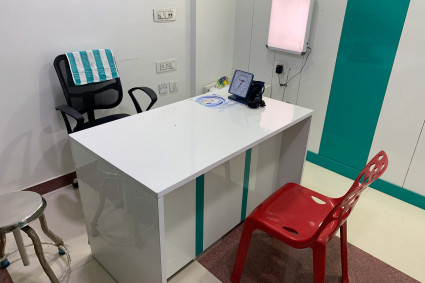
Introduction:
The transportation of medical items, whether it be pharmaceuticals, diagnostic specimens, or life-saving equipment, is a critical link in the healthcare supply chain. Ensuring the safety and integrity of these transported items is paramount. medical transport boxes equipped with advanced security features, play a pivotal role in safeguarding against theft, tampering, and unauthorized access. In this exploration, we delve into the various security measures incorporated into medical transport boxes, shedding light on how these features contribute to the safety and integrity of transported medical items, with a focus on the broader context of the healthcare industry
1. Tamper-Evident Seals: Visible Deterrence and Detection
Tamper-evident seals are a foundational security feature in medical transport boxes, serving as both a visible deterrent and a detection mechanism. These seals are designed to reveal any attempt at tampering, providing a clear indicator if the box has been opened or compromised during transit.
In the context of blood sample collection boxes, tamper-evident seals are particularly crucial. The integrity of blood samples is paramount for accurate diagnostics, and any tampering could compromise the reliability of test results. Seals may be uniquely numbered or feature holographic elements, making it virtually impossible for unauthorized access to go unnoticed. This not only ensures the integrity of the samples but also instills confidence in healthcare professionals and patients regarding the reliability of the diagnostic process.
2. Biometric Authentication: Ensuring Authorized Access
For an additional layer of security, some medical transport boxes incorporate biometric authentication systems. These systems require authorized personnel to provide a unique biometric identifier, such as a fingerprint or retinal scan, to gain access to the contents of the box. This ensures that only designated individuals with the proper credentials can open the box, preventing unauthorized access.
Biometric authentication is particularly relevant in scenarios where the transported items are highly sensitive or valuable, such as in the case of blood sample collection boxes containing specimens for diagnostic testing. By restricting access to authorized personnel, the risk of tampering or theft is significantly mitigated, reinforcing the security of the medical transport process.
3. Electronic Locking Systems: Secure and Programmable Access
Electronic locking systems provide a secure and programmable means of controlling access to medical transport boxes. These systems can be configured to require unique access codes or electronic keys, ensuring that only authorized individuals with the correct credentials can open the box.
The programmable nature of electronic locking systems adds an additional layer of flexibility. Access permissions can be customized based on roles or responsibilities, allowing for secure collaboration among different healthcare professionals involved in the transportation and handling of medical items. This level of access control is essential in maintaining the chain of custody for items like blood samples, where traceability and accountability are paramount.
4. GPS Tracking and Real-Time Monitoring: Enhancing Visibility
Many modern medical transport boxes are equipped with GPS tracking and real-time monitoring systems. These technologies provide continuous visibility into the location and status of the box during transit. In the event of unauthorized access or an unexpected deviation from the planned route, these systems trigger alerts, enabling swift response to potential security breaches.
In the context of blood sample collection boxes, GPS tracking and real-time monitoring not only enhance the security of the samples but also contribute to the efficiency of the overall diagnostic process. Healthcare professionals can have real-time visibility into the movement of critical samples, ensuring that they reach their destination in a timely and secure manner.
5. Remote Monitoring and Control: Immediate Response to Security Threats
Remote monitoring and control capabilities empower healthcare organizations to have real-time oversight and control over medical transport boxes, even from a distance. In the event of a security threat or suspected tampering, authorized personnel can remotely lock or disable the box, preventing unauthorized access and safeguarding the contents.
This level of control is invaluable in emergency response situations, where swift action is essential. In the case of blood sample collection box, the ability to remotely monitor and control the box ensures that the integrity of the samples is maintained, even in challenging and dynamic environments.
6. Reinforced Construction and Materials: Physical Deterrence
Beyond electronic security measures, the physical construction and materials used in medical transport boxes are essential components of their security features. Reinforced construction, durable materials, and impact-resistant designs serve as physical deterrents against tampering or theft.
In situations where medical items, including blood samples, are transported over rough terrain or through adverse conditions, the physical robustness of the box becomes critical. The combination of electronic and physical security features creates a comprehensive approach to safeguarding the integrity of transported medical items.
Conclusion:
The incorporation of advanced security features into medical transport boxes represents a proactive and comprehensive approach to ensuring the safety and integrity of transported medical items. From tamper-evident seals and biometric authentication to electronic locking systems and GPS tracking, these features collectively contribute to a secure and traceable chain of custody.





